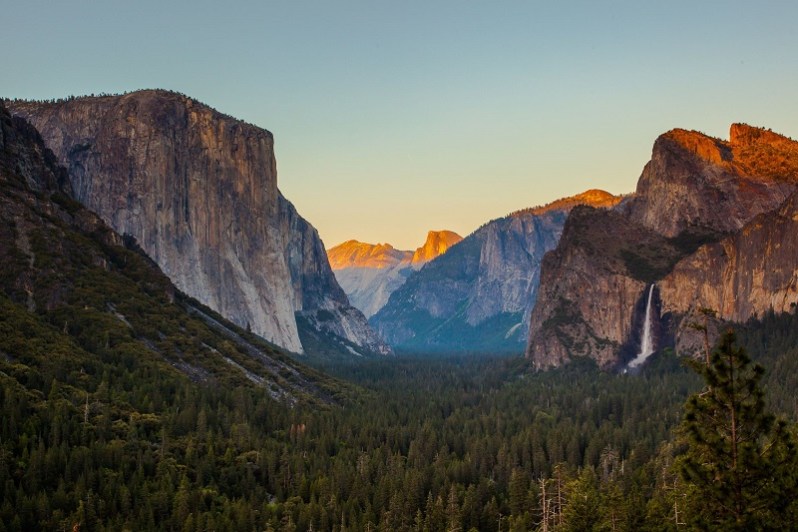Whether you fancy the pristine privacy of hammock camping in the Redwoods or seek the sound of waves lapping against the shore, the California Department of Parks and Recreation has some great news for you. In August, California State Parks launched a new user-friendly reservation system — ReserveCalifornia — which allows visitors to easily reserve campground and lodging arrangements six months in advance.
The department previously booked through ReserveAmerica. The nationwide service only offers reservations in block dates at the beginning of each month, so it made things a little tricky.
Now, thanks to ReserveCalifornia’s rolling window format, you can simply go online to lock up your favorite cabin in Yosemite National Park, lodging along the always-interesting Highway 395, or one of the hard-to-snag cottages at Crystal Cove State Park — with exact dates and times, six months in advance of the current date. For example, on September 5, you can reserve a site for a stay that begins March 5.

There are still be processing fees, but they’re reasonable. Camping reservations cost $7.99 (previously $8 on ReserveAmerica), while tours are now $3.99 per ticket (previously $3.48). The new system will also roll out some handy features between now and March 2018, including interactive maps and an additional 41 California State Parks to choose from (the service currently features 110).
For those of you who already have reservations with ReserveAmerica, parks spokesman Jorge Moreno says those spots are still valid, however your account will not automatically transfer to ReserveCalifornia for future reservations. Moving forward, you can create an account on the new website using the same email address.
You can make ReserveCalifornia reservations online or via the phone by calling (800) 444-7275 any time between 8 a.m. to 6 p.m. PST, except Christmas Day, Thanksgiving Day, and New Year’s Day.
Happy Hiking and camping!


